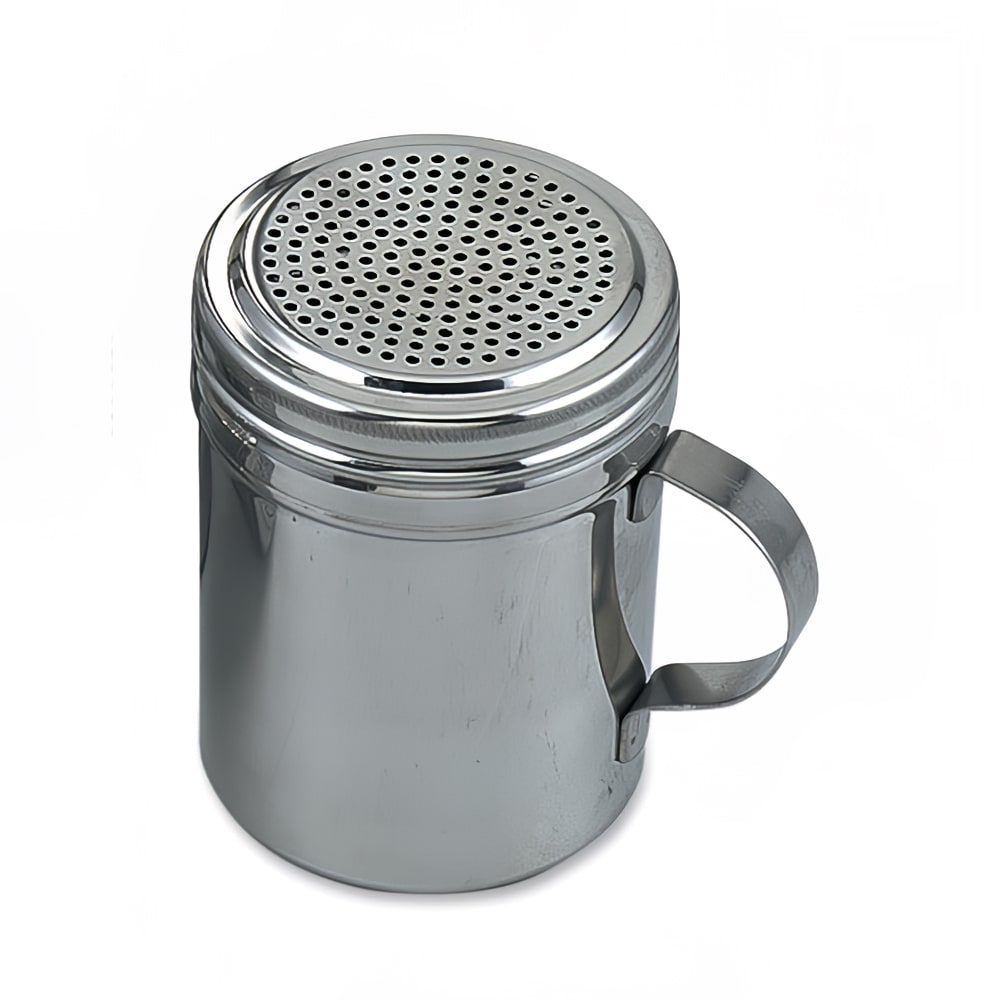

This cooking method is ideal for tender cuts of meat.Ĭooking food in a small amount of fat over moderate or high heat until the surface is browned. Moisture is held in the food by the high cooking temperatures which quickly "seal in" flavour. Good for sautéing or frying.Ĭooking meat (or other food) directly under (as in a gas or electric oven) or over the heat source (as on a grill). Typically, the food is moistened with beaten egg or other liquid first. A good cooking method for less tender cuts of meat.Ĭoating a food with bread crumbs, cracker crumbs, or other food prior to cooking. Braising meat develops flavours in the browning process. When a liquid is at a boil (212º F at sea level for water) bubbles will rise and continuously break the surface.īrowning meat or poultry in a small amount of liquid or fat, then cooking, tightly covered, over low heat for a long time. Blending may be done by hand or with a spoon, or low speeds of a blender or electric mixer.Ĭooking in liquid that is at boiling temperature. Mixing two or more ingredients together thoroughly. Blanching is also helpful in removing skins from tomatoes or peaches. Blanching is sometimes necessary before freezing fruits or vegetables for better quality products when they are thawed.

Quickly immersing vegetables or fruit into boiling water for 1 to 2 minutes then into cold water to stop the cooking process.

Stirring thoroughly and vigorously with a wire whisk, spoon, hand-beater or electric mixer to incorporate air into food. Basting adds flavour and prevents surfaces of food from drying out. When meat is cooked uncovered it is generally referred to as roasting.īrushing food with liquid such as melted fat, meat drippings, fruit juice, sauce, marinade, or water during cooking to moisten. It means to cook until tender but still slightly firm.Ĭooking in an oven or oven-type appliance. This term is usually used in cooking pasta.


 0 kommentar(er)
0 kommentar(er)
